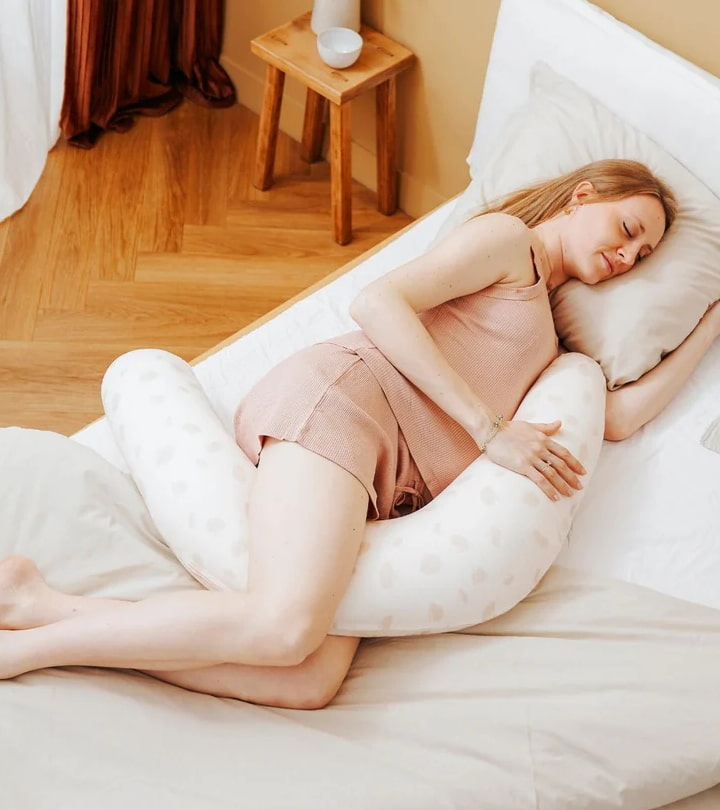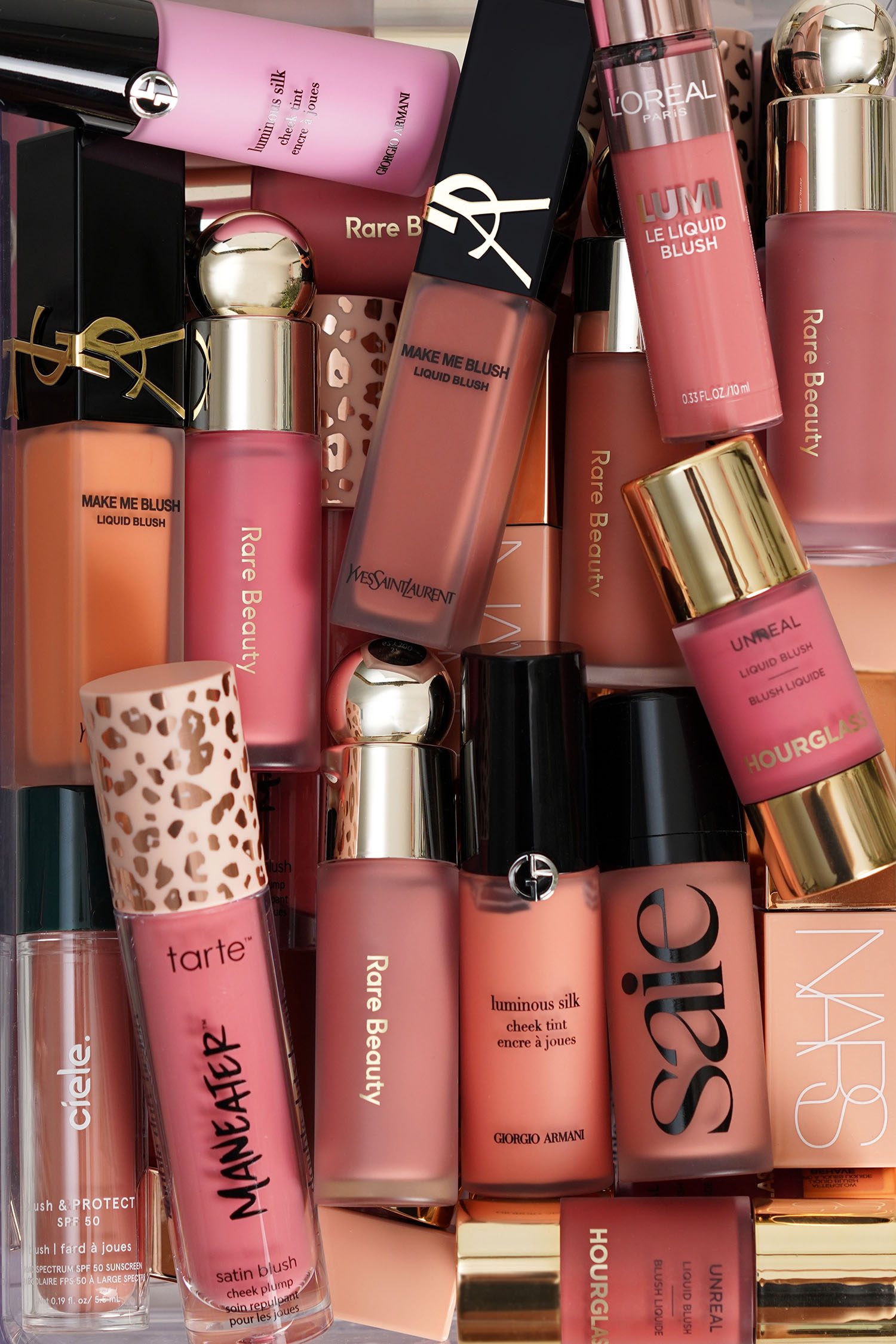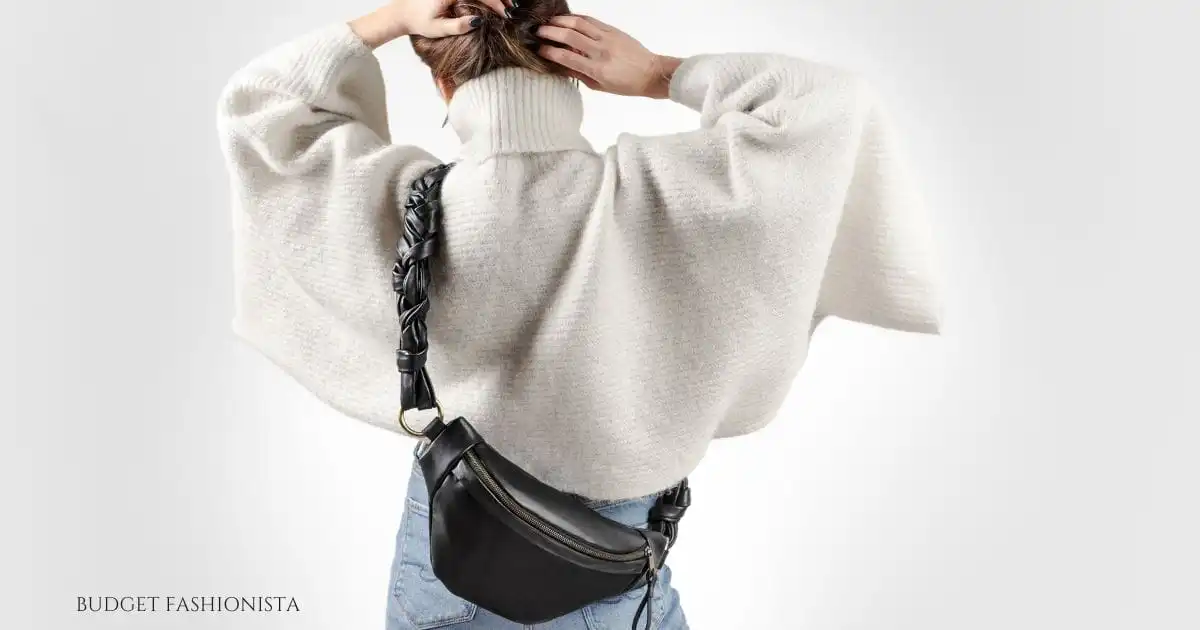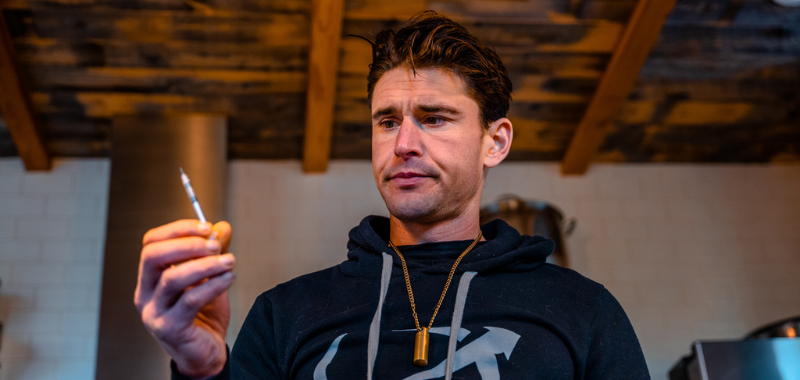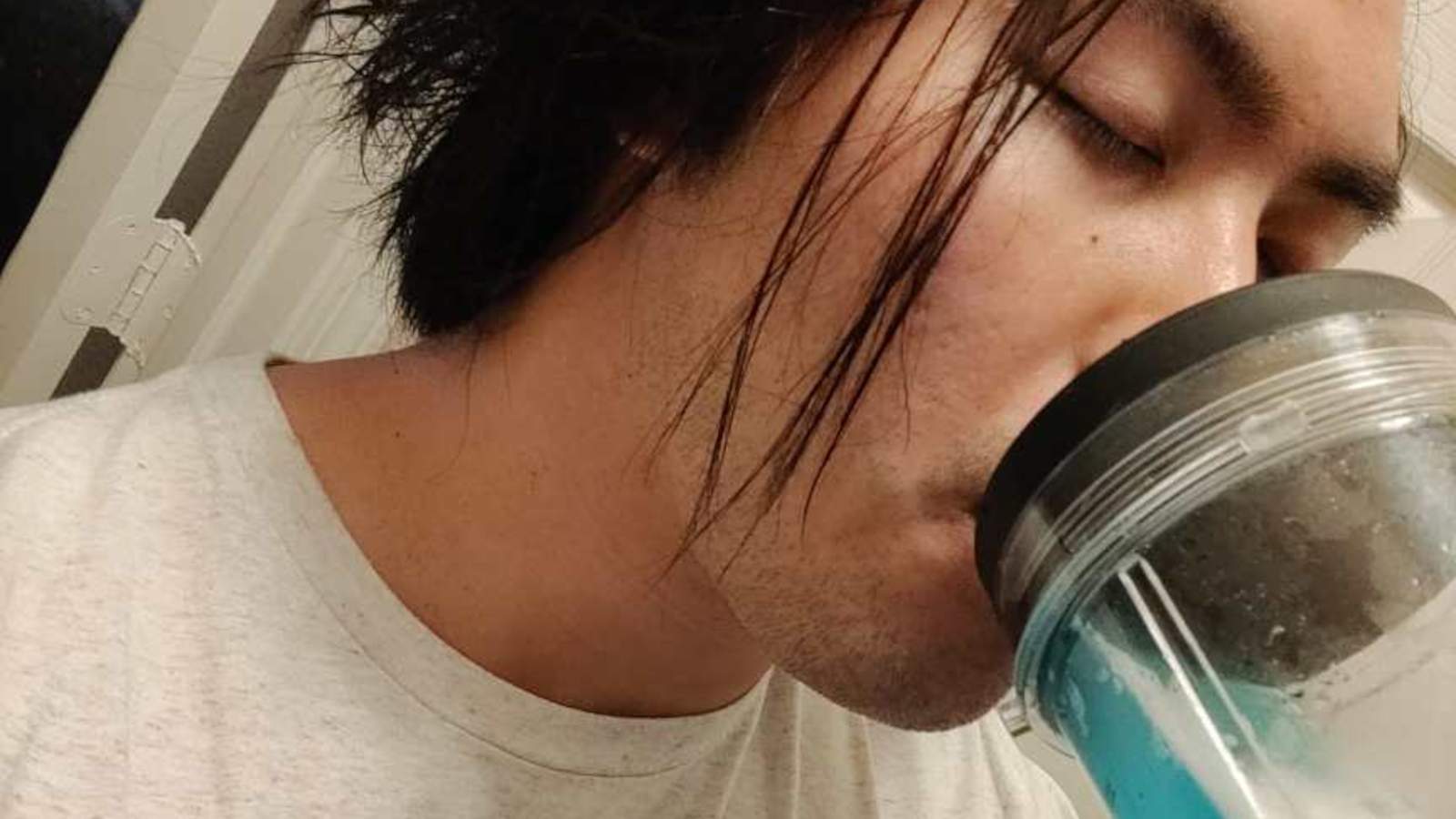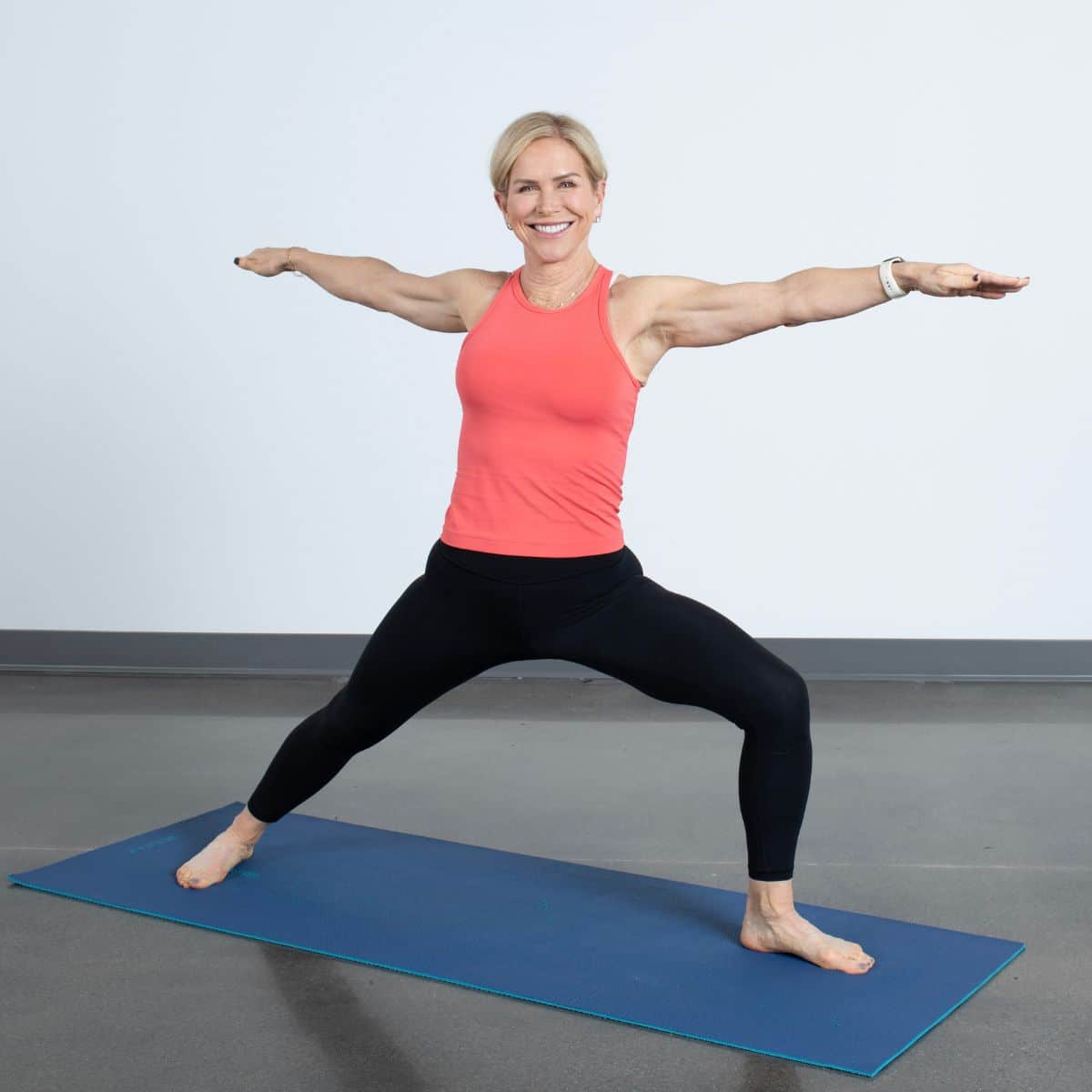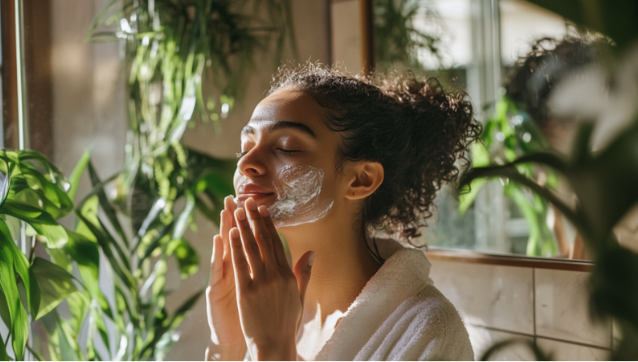Everybody sweats, more or less. It’s one of your body’s important built-in temperature regulation systems. When you’re out mowing the lawn on a hot day, working out at the gym, playing sports, or doing any other strenuous or hot activity, your body’s sweat glands pump out mostly water with a bit of salt and some other substances to keep you from overheating. So, sweat is your friend. But like all friendships, sweating and skin health can be… complicated. Some people sweat too much (Hyperhidrosis). Sweat itself, helpful as it is, can aggravate other sweat-related skin issues.
So, your body’s sweat glands pump out sweat to keep you cool when conditions are getting too hot to handle. It’s absolutely necessary for your health. But did you know that there are actually two different kinds of sweat and sweating?
In addition to these different sweat glands and types of sweat, there are many reasons why you might start sweating, including environmental heat, physical activity, stress, and illness. And fun fact: the sweat your glands produce doesn’t have a scent. Those odors associated with sweat are actually the bacteria on your skin eating, digesting, and… processing organic particles in your sweat. Yes, bacteria have flatulence too.
So, while the sweat is definitely there to help you, it’s always a good idea to bathe and shower every day, or sometimes more often, and take good care of your skin, especially during times of stress like a new school year, or whenever you’re prone to break out in a sweat.
One of the more common sweat-related skin problems is excessive sweating, which is called hyperhidrosis.
As Kelly explains, excess sweat can cause flare-ups in pre-existing skin conditions like acne, dandruff, or eczema, or cause entirely new ones like heat rash, yeast infections, fungal infections, or bacterial infections. If you have any of the following sweat-related skin problems, “see a dermatologist, as we can rule out any underlying causes and get you treated,” urges Kelly.
Heat rashes or “prickly heat” can flare up for people of all ages in hot, humid conditions. The scientific term for heat rash is miliaria, which denotes small blisters of trapped sweat under the skin. A heat rash can range from mild, shallow, little bumps of un-escaped sweat to itchy, deep, inflamed bumps. A heat rash typically forms in folds of skin where sweat can get trapped, or where clothing causes friction on the skin in hot conditions.
Exercise-induced urticaria or “heat hives” is a sort of skin allergic reaction triggered by exercise, and characterized by large, red, raised welts, splotches, blisters, or hives that can appear anywhere on the body. In addition to the hives, some patients may have stomach cramps, headaches, or a frightening swelling of the tongue, face, or hands, which can cause trouble breathing. The cause of exercise-induced urticaria is unknown, but certain types of exercise, food, and other environmental triggers may lead to outbreaks. It’s important to work with your healthcare provider to understand the condition since it can be dangerous.
Fungal infections love hot, wet conditions. They can look like red patches with darker colors or scaly skin around the border of the infection. These infections often itch and burn. Some examples of skin fungal infections include athlete’s foot (the most common), nail fungus, jock itch, and ringworm.
Contact with fungal infections can happen anywhere fungi exist, which is everywhere, as Kelly explains: “For example, we can see this in athletes who develop something called tinea pedis (athlete’s foot) where the feet get very hot and sweaty, which will cause further breakdown of our skin barrier. Then, after training/practice, that athlete may go barefoot in a community shower where the skin on the feet is already broken down, which gives fungi a much higher chance of entering the skin and causing athlete’s foot.”
So, if you happen to be an active teenager or adult who is involved in sports, drama, or stressful academics, you may break out in a sweat with acne pretty often. This may lead you to ask, “Does sweat cause acne?” Well, acne is a little more complicated than just excess sweat, but it can definitely aggravate your acne situation. Kelly has some advice for people who struggle with “sweat pimples” specifically:
Every human being has a signature “scent” due to the unique mixture of bacteria that interact with the sweat on your skin. The more bacteria on your skin or in your clothes, the stronger the scent. This is especially true if you struggle with a lot of sweat. Choosing a good deodorant with an antiperspirant can help.
So, although sweat is necessary, too much of it can cause some problems. “Sweating can increase the risk for skin infections in a couple of different ways,” explains Kelly. “It can break down our natural skin barrier, which can allow bacteria and fungi to penetrate deeper into our skin.” He goes on to say that sweating also increases the risk of infections by creating a warm, moist environment for these fungi and bacteria to continue to grow. “We see this commonly in skin folds that trap heat and moisture. That is why it is important to keep those areas clean and dry, as we will discuss below.”
Sweat-related skin problems can often be mitigated at home by taking some simple measures to keep the skin and clothing cool, comfortable, and dry.
Excess sweating is not a sign that you’ve neglected personal hygiene, but excess sweating could require some additional hygiene practices to keep your skin healthy and clear. Kelly suggests the following: “I advise that patients who sweat excessively wash with a gentle, fragrance-free cleanser once daily in the shower. Then make sure to thoroughly dry all areas of the body, especially the areas more prone to sweating, after showering. If you know you will be active later in the day, have a clean, dry pair of clothes to change into so you won’t be sitting in sweaty, damp clothes for extended periods of time.”
Certain types of fabrics are better at wicking away moisture than others and focusing on the driest fabrics is important. “For patients who sweat excessively, wearing natural, breathable clothing is important,” says Kelly. “Cotton and linen are great choices as they can help absorb the sweat and allow for more airflow to cool the skin. In general, it is not a great idea to wear synthetic materials such as polyester, rayon, or nylon as these materials tend to trap sweat. If you do need to get a stretchier material to work out in, make sure that you pick a moisture-wicking material.”
Some newer, technical fabrics have been designed to wick moisture and accelerate the air-drying process, so those are especially helpful if you know you are going to engage in physical exertion that’s likely to lead to a lot of sweat.
As for dietary tips to reduce excess sweating, there are a few that may be helpful, and you likely won’t be surprised by them. As for what’s on the “to avoid” list:
These foods all require the body to work harder to break them down, which can increase the body’s internal temperature, which may cause more sweating. On the other hand, these are some of the foods on the “please-add-us-to-your-diet” list for overall good health and less sweat:
A diet with a wide range of nutrients including calcium can help reduce sweat. Staying well-hydrated is another great way to help the body overall. Of course, nutrition and diet can be very individual things, and people who have sensitivities to any foods should avoid those and talk with their healthcare provider about nutrition plans and supplementation that will provide essential nutrients that will calm the immune system and reduce excess sweating.
In addition to these ways to manage excess sweating at home, you may benefit from using specialized skincare products that can help manage sweat-related skin issues. This is why it’s important to talk with your dermatologist about tips for dealing with sweat.
Many people struggle to know whether their sweating is excessive or just normal for them—and there may be a fairly simple solution if they were to ask their dermatologist for tips. The bottom line: if your sweating gets to the point where you feel unhappy about it, schedule an appointment.
Some of our dermatologist tips for sweating that you can try today include OTC antiperspirants. “Make sure you are looking for an antiperspirant, not just a deodorant,” says Kelly. “Deodorants may not contain active ingredients that help reduce sweating and more so help to reduce body odor. Antiperspirants, on the other hand, contain aluminum salts that help “plug” our sweat glands. We usually advise that patients put on the antiperspirant at night to help it absorb into the sweat ducts when we aren’t as sweaty.”
He also recommends using a talc-free baby powder in other areas that sweat and retain heat, like the buttocks and groin area. If you struggle with fungal infections, some OTC powders also have antifungal properties.
If over-the-counter antiperspirants aren’t giving you the level of comfort you need, there are prescription-strength applications that can help, says Kelly. “The difference between over-the-counter antiperspirants and prescription strength tends to be the concentration of aluminum salts. The higher the concentration, the better chance of decreasing sweating.”
For people struggling with a fungal or bacterial infection stemming from excess sweat, your dermatology provider can help you with topical antibiotics and antifungal creams to address those infections and provide relief.
If you are diagnosed with hyperhidrosis that does not respond to these treatments, there are other, more advanced options to reduce sweat problems.
“There is something call tap water iontophoresis that we mainly use on the palms and soles,” continues Kelly. “With this, a patient immerses his or her palms or soles into tap water and an electric current will push ions across the skin barrier, possibly blocking the sweat ducts.”
Kelly also mentions potential microwave technology called MiraDry, which can destroy sweat glands. Laser therapy and surgical procedures may also be used in more extreme cases. He also adds that Botox is an option: “Not only is it good at making you look younger, but Botox can even help decrease sweat production too!”
Skin health is a major indicator of overall health, so excess sweat can indicate underlying health conditions. If you are doing everything you can to maintain good skin hygiene and nutrition, but are still sweating up a storm, don’t hesitate to chedule an appointment with Kyle Kelly at our Westlake location, or with any of our providers at the Apex Skin dermatology office closest to you. We offer solutions tailored to your individual needs and would be happy to help you. So don’t sweat it!
#Dont #Sweat #Expert #Tips #Managing #SweatRelated #Skin #Issues #Apex #Dermatology #Skin #Surgery #Center #Cleveland #Dermatology








